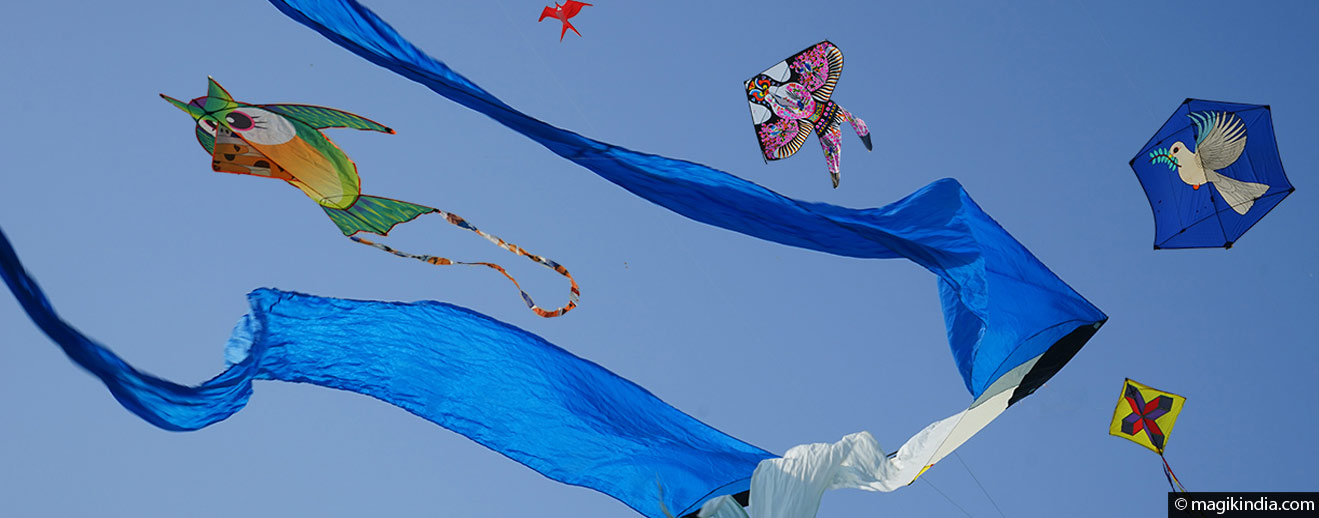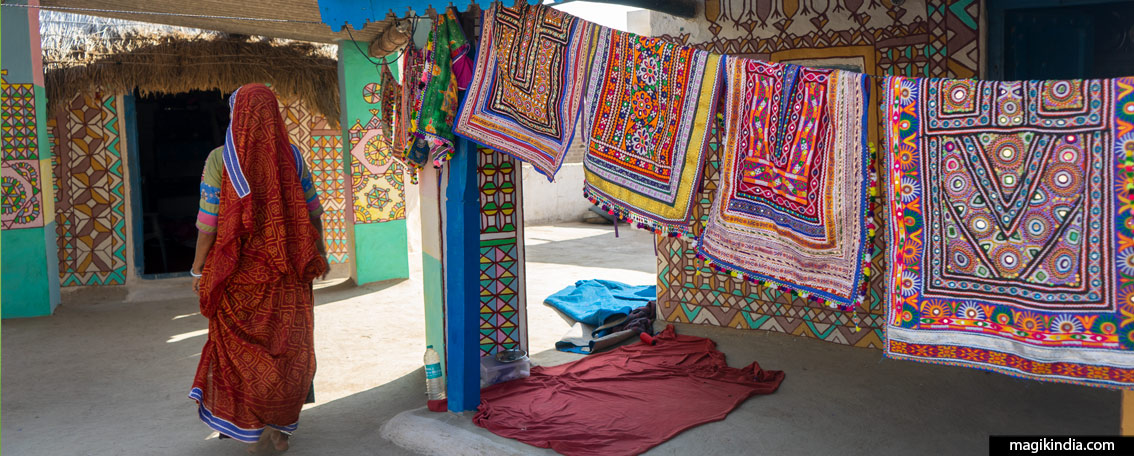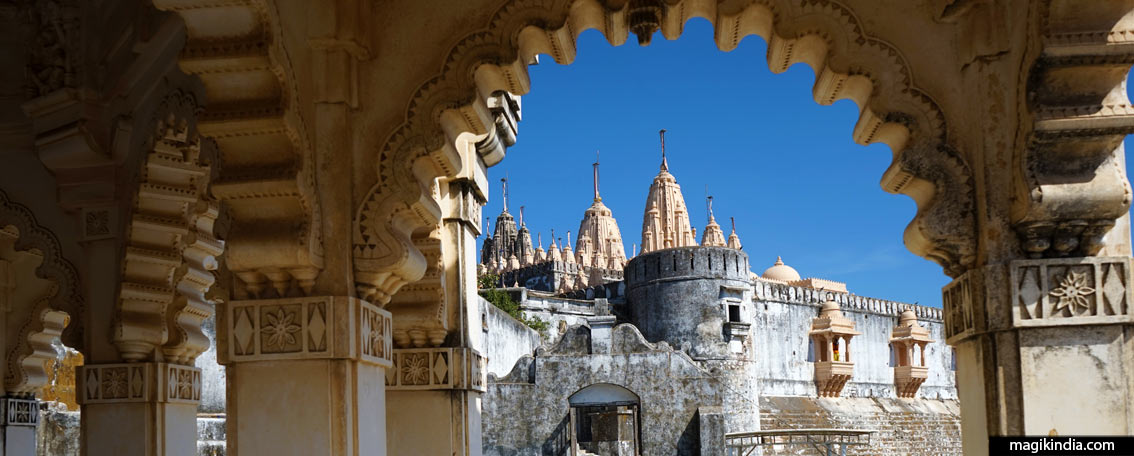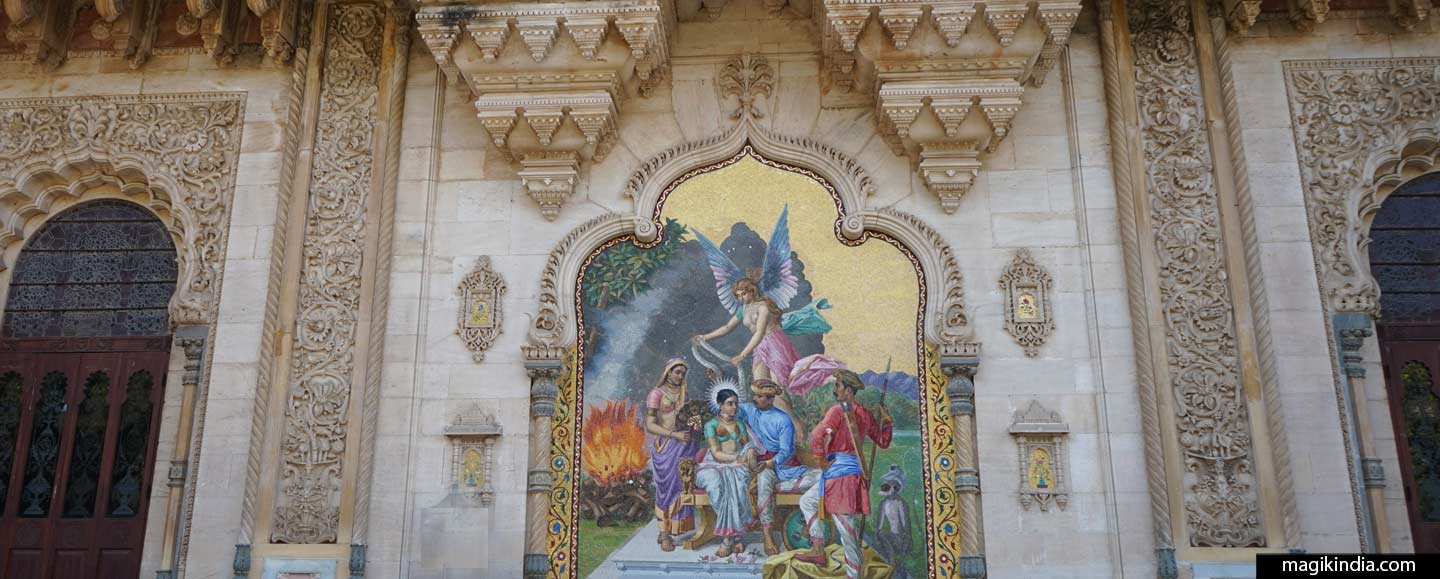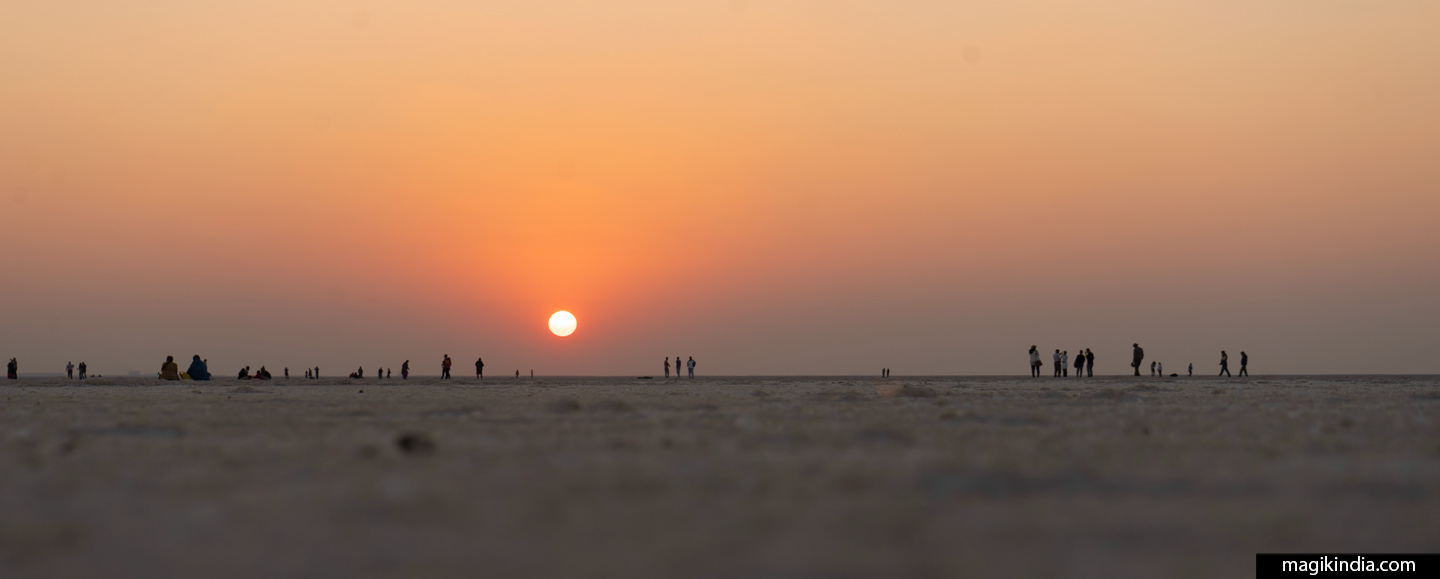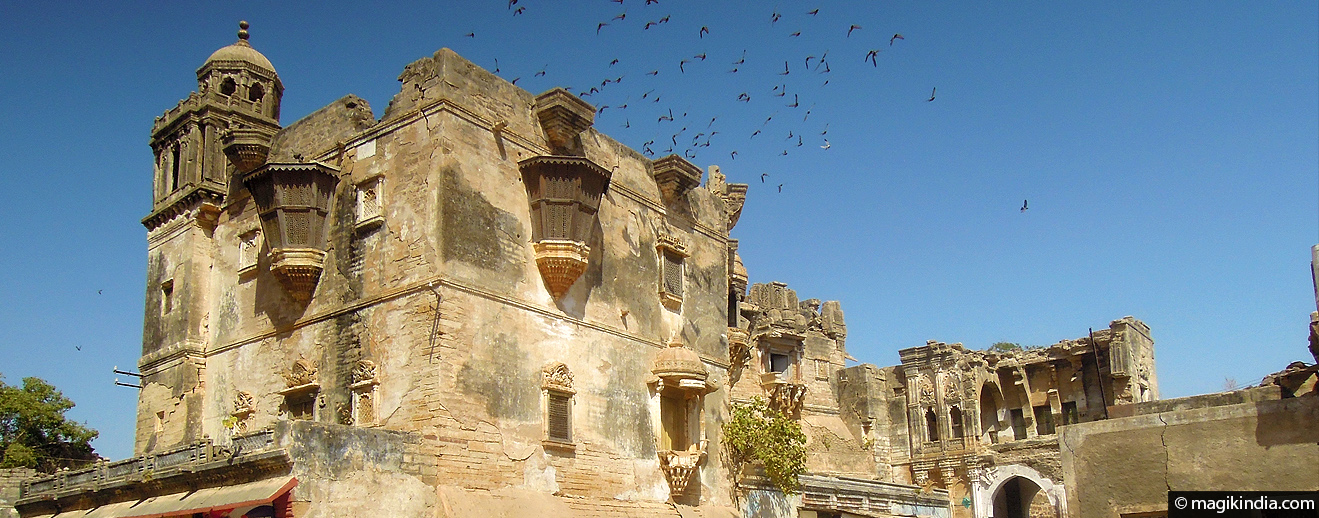
Bhuj, capital of the Kutch region
Traces of the 1956 and 2001 earthquakes are still evident but they cannot spoil the charm of Bhuj. This small town, once the capital of the Kutch region, is a great place to stop on the way to the famous ‘white desert’.
The word kutch means a place that is alternately wet and dry. In ancient times the ranns (deserts) of the Kutch region were flooded by the Indus as it flowed into the sea.
In 1819 an earthquake altered the area’s topography and the Indus took to flowing further west, turning the two ranns (the Great Rann and Small Rann) into one vast salt desert. The two Ranns still flood when the heavy monsoon rains arrive, leaving islands called bets, such as Khadir Bet.
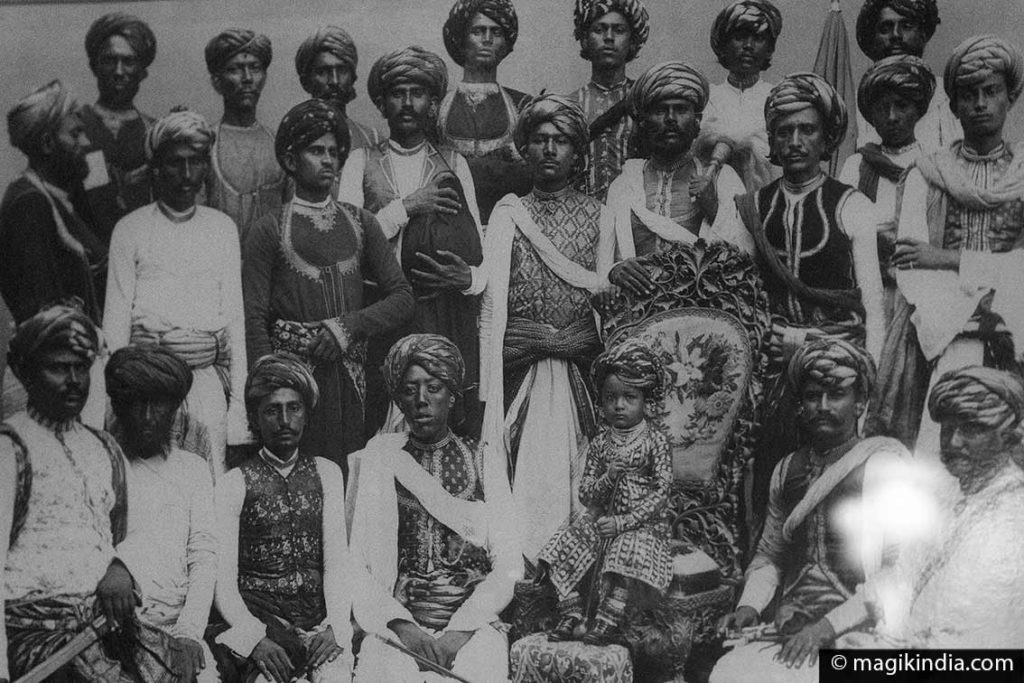
The town of Bhuj was founded in 1510 by Maharao Hamir, the local ruler. When Britain ruled India it remained an independent princely state. After independence the Kutch region became a State within India, while Sind became part of Pakistan, so the Kutch region lost its access to the important port of Karachi. The region is quiet today, but there have been several border disputes with Pakistan in the past. The Rann of Kutch or white desert itself borders on Pakistan, and when you visit it you will be asked, for your safety, to register at a police post at the entrance to the white desert.
And now let’s visit Bhuj!
Prag Mahal Palace
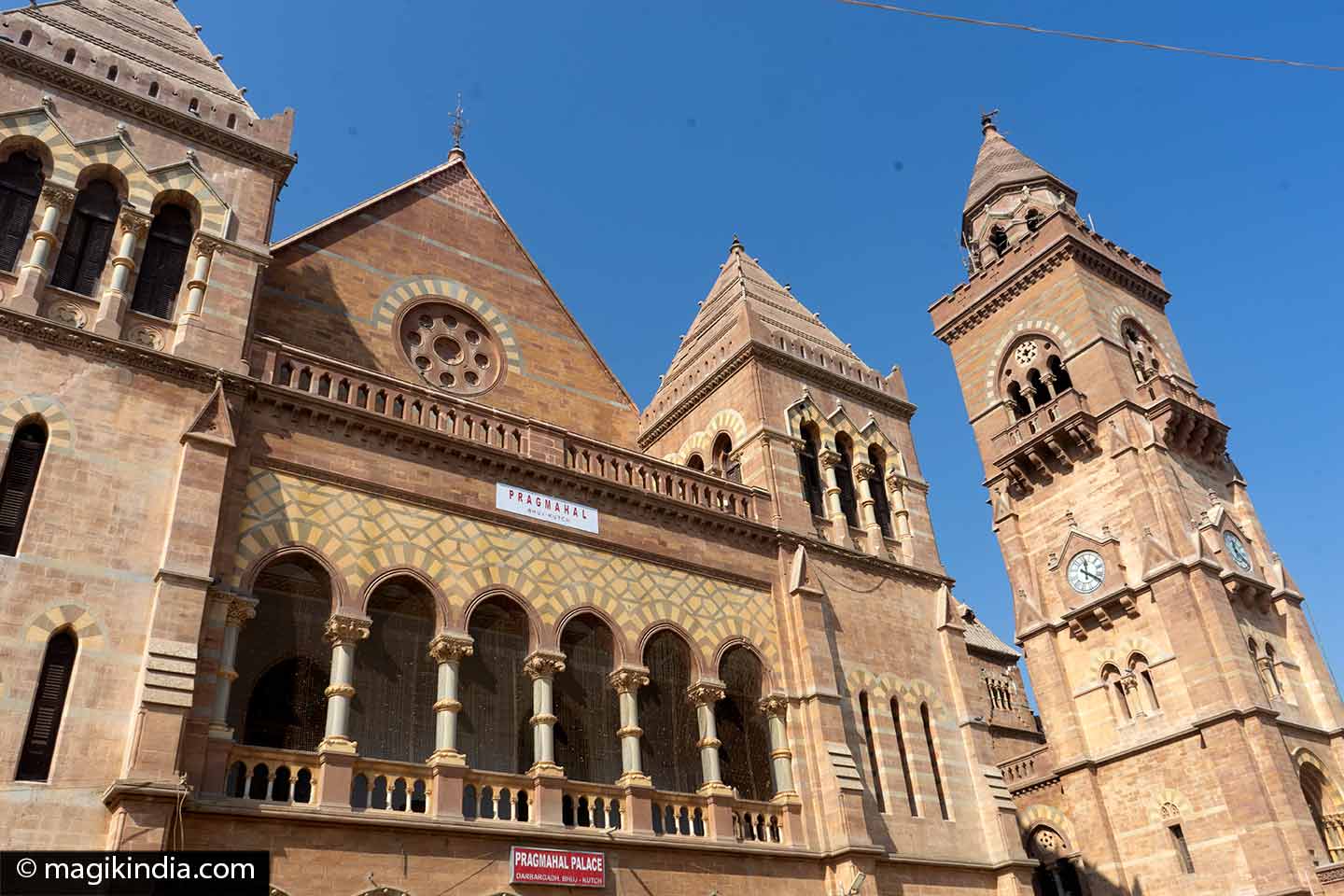
The Prag Mahal is a 19th-century palace in Italian Gothic style, commissioned by Rao Pragmaji II and designed by Colonel Henry Saint Clair Wilkins.
It was badly damaged by the 2001 earthquake. Inside, the grand colonial style rooms look somewhat neglected.
There is a fine panoramic view of Bhuj from the top of the 45-foot clock tower.
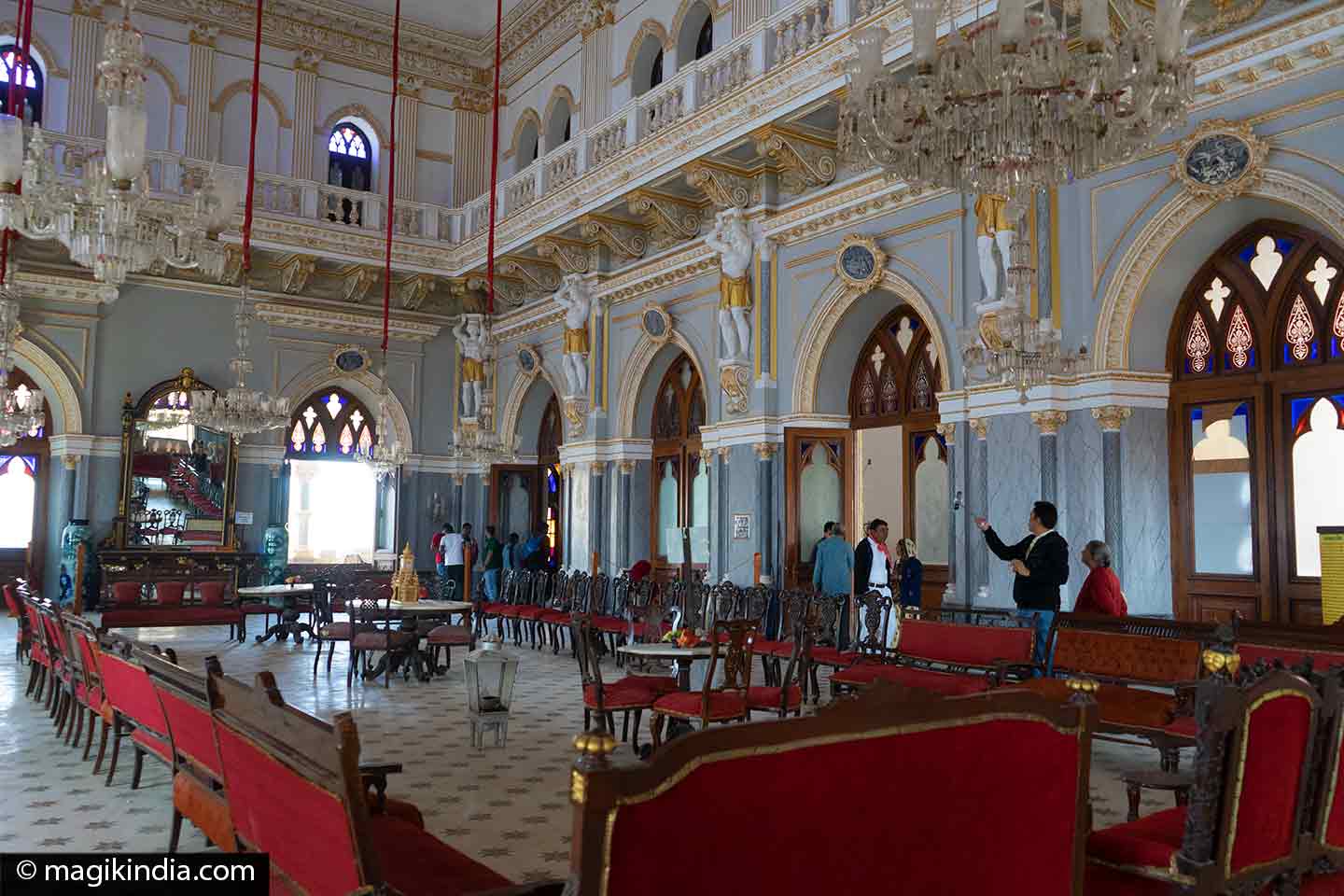
Aina Mahal Palace ***
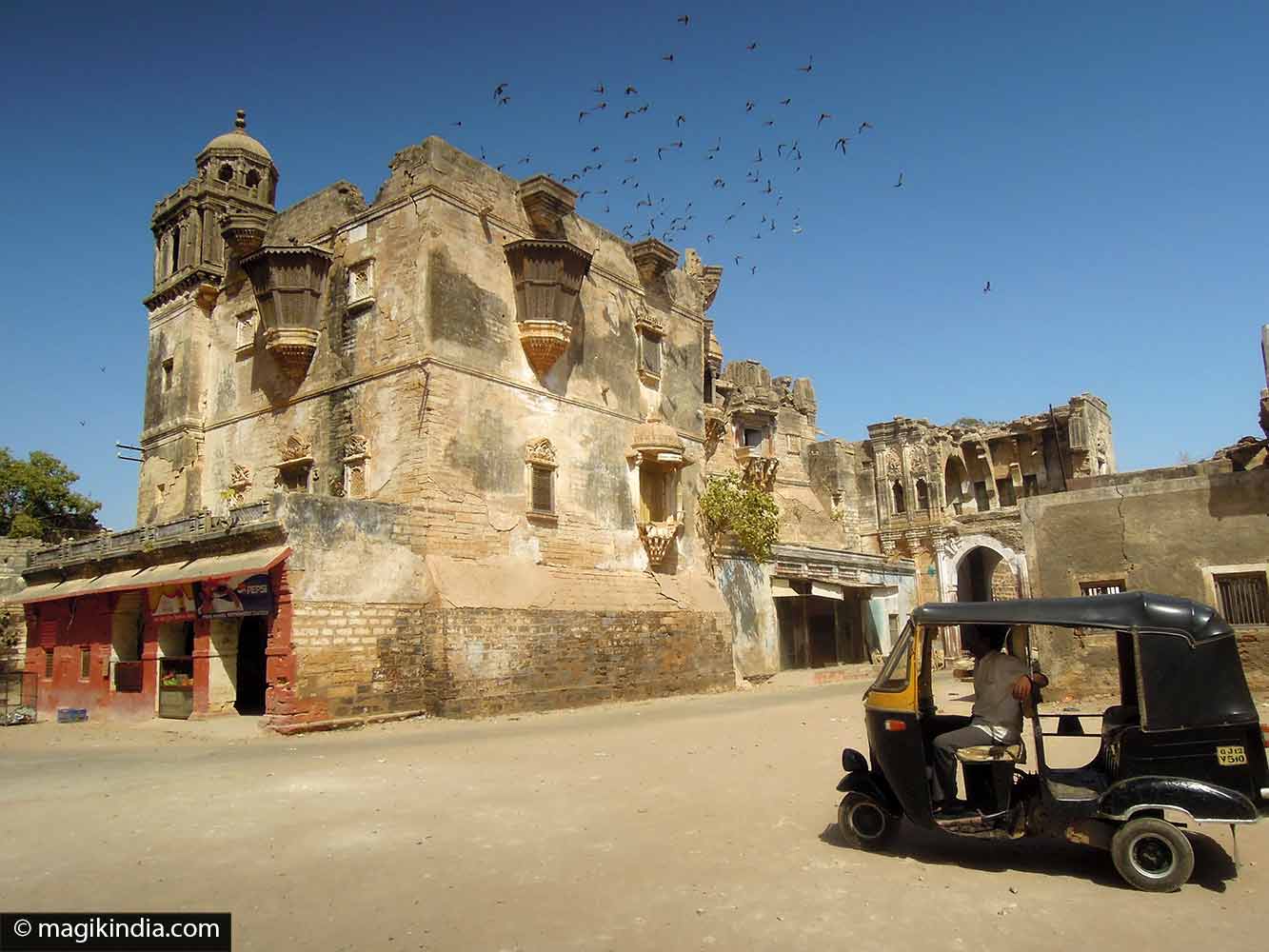
The Aina Mahal or “palace of mirrors” was built in the reign of Lakhpatji I in the mid-18th century.
It was designed by master builder Ramsinh Malam, who had worked in Europe for 20 years.
The style is Indo-European. It was badly damaged by the 2001 earthquake, but part has been restored and now houses a very interesting museum showing different aspects of the life of the Maharajas in Bhuj.
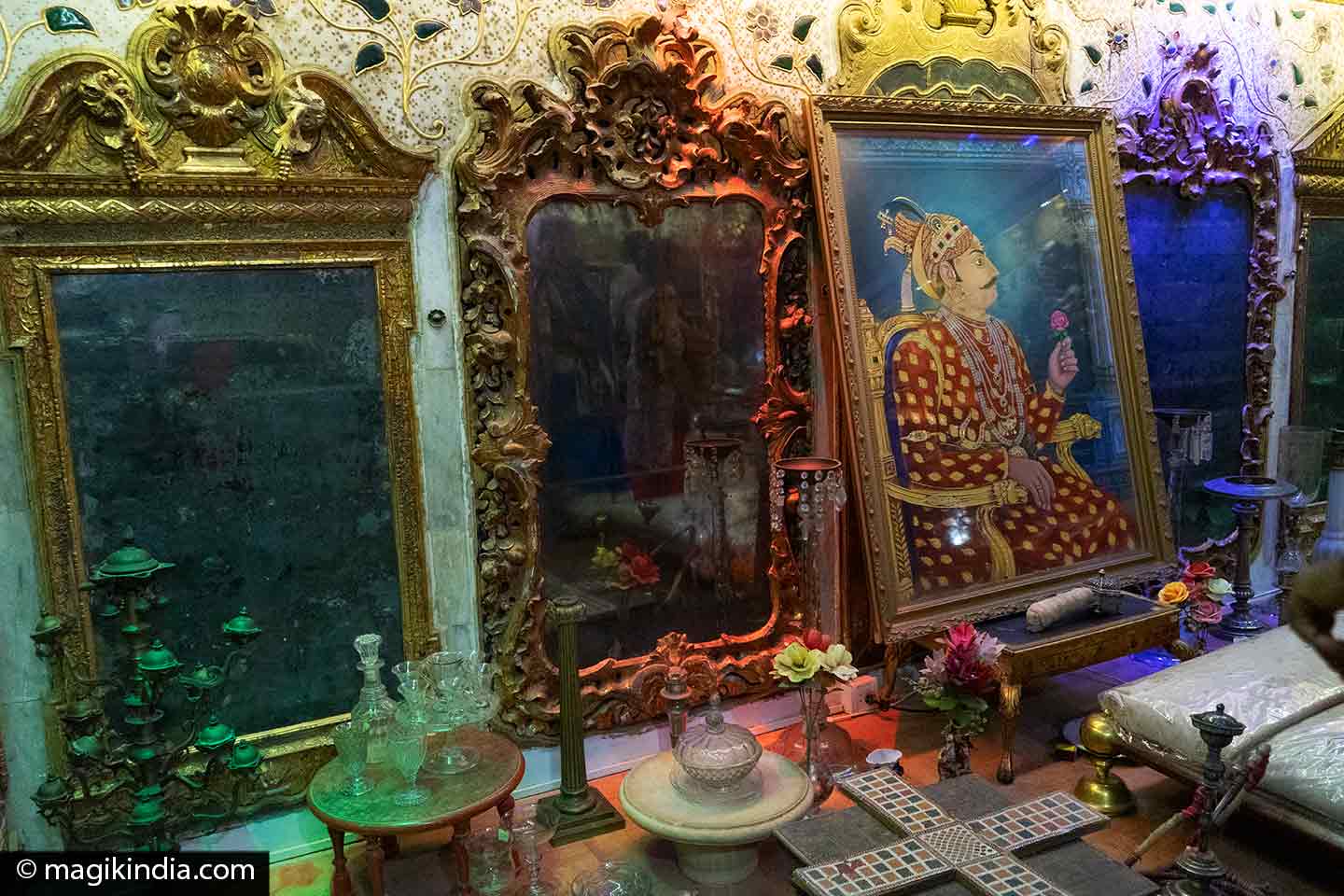
Sri Swaminarayan Temple**
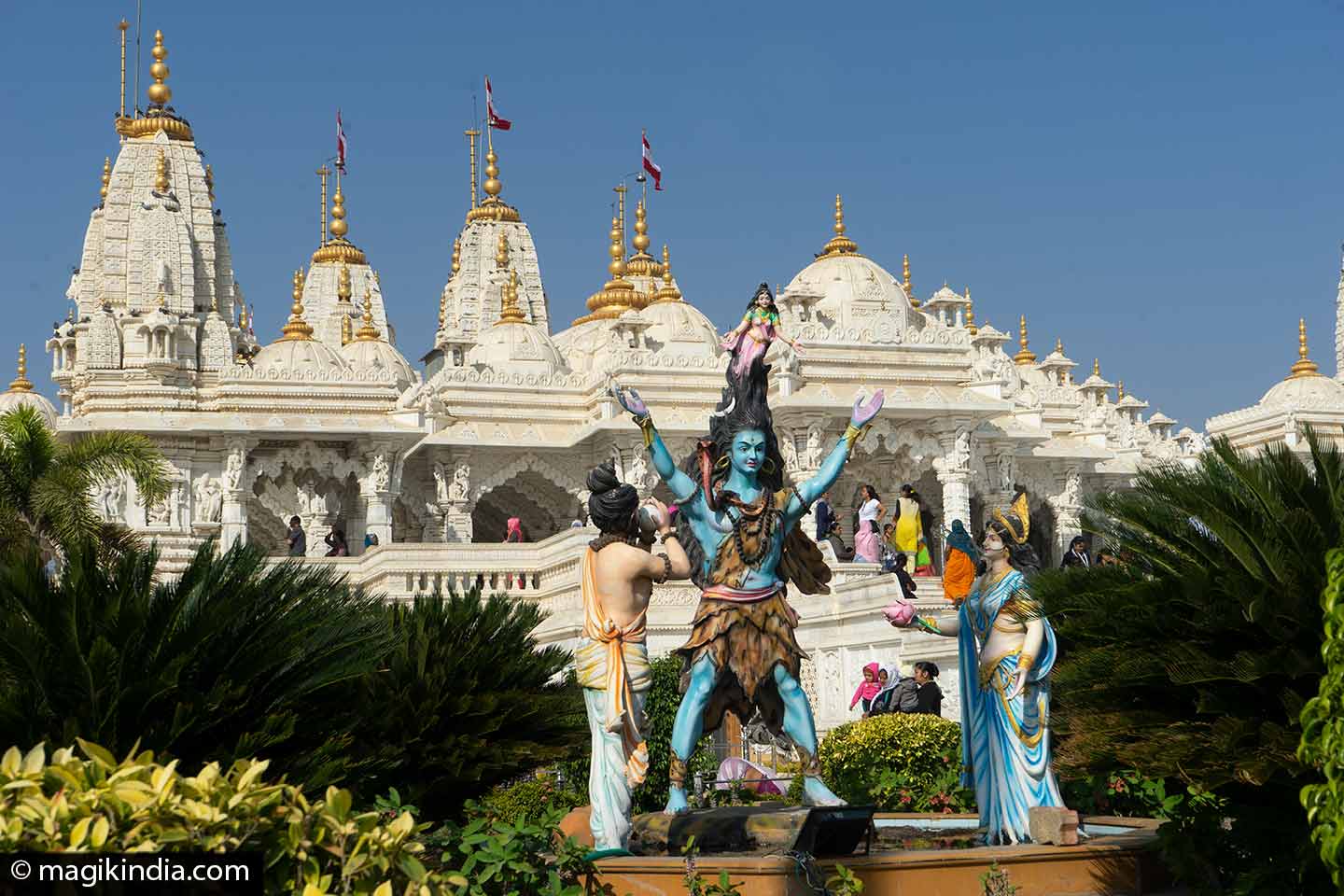
The 2001 earthquake demolished the original temple, which was built by Swaminarayan in 1824. A gleaming white marble temple has been built to replace it.
Sri Sahjanand Swami, known as Swaminarayan, advocated non-violence, tolerance and impartiality among all religions, castes and peoples.
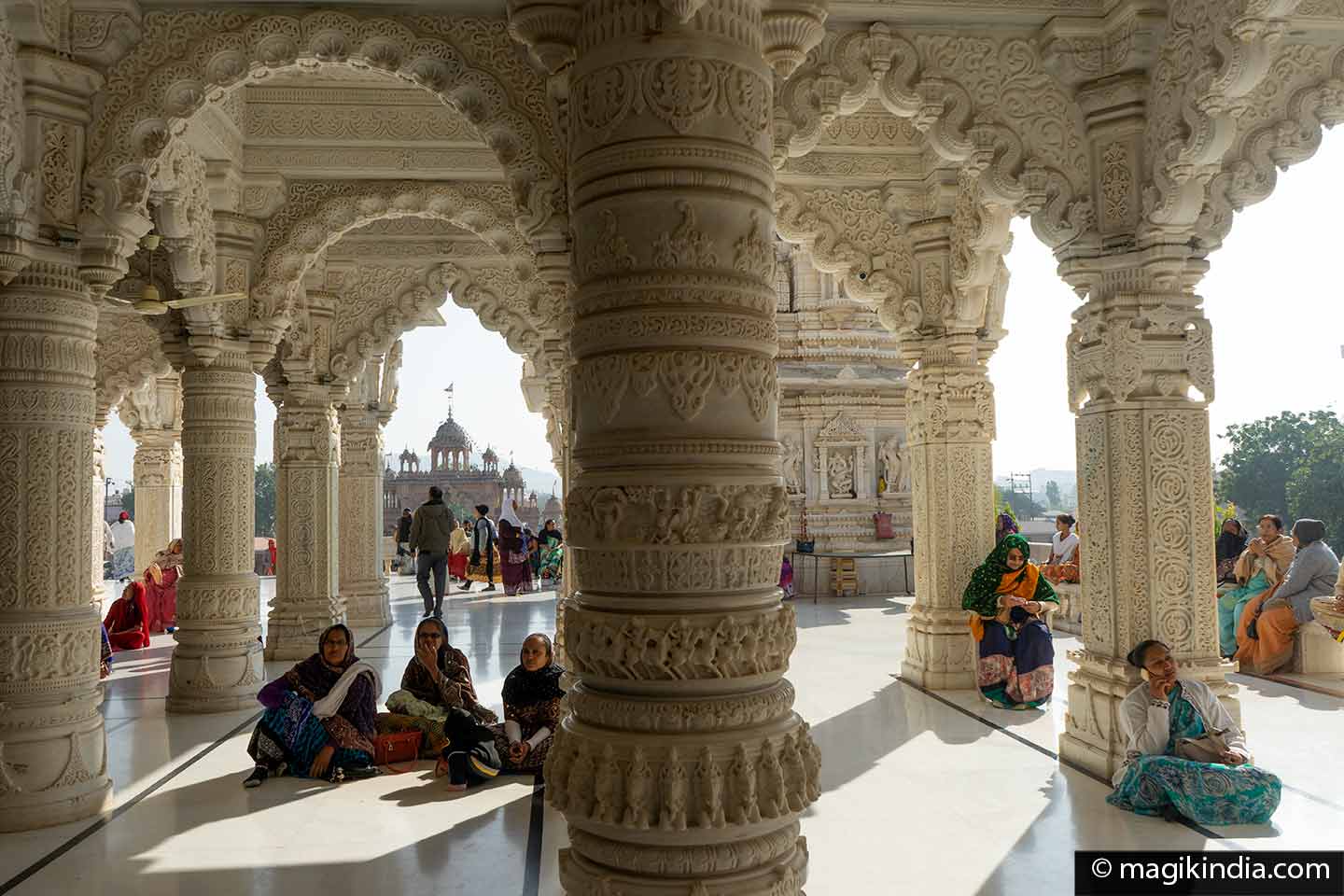
Bhuj Museum
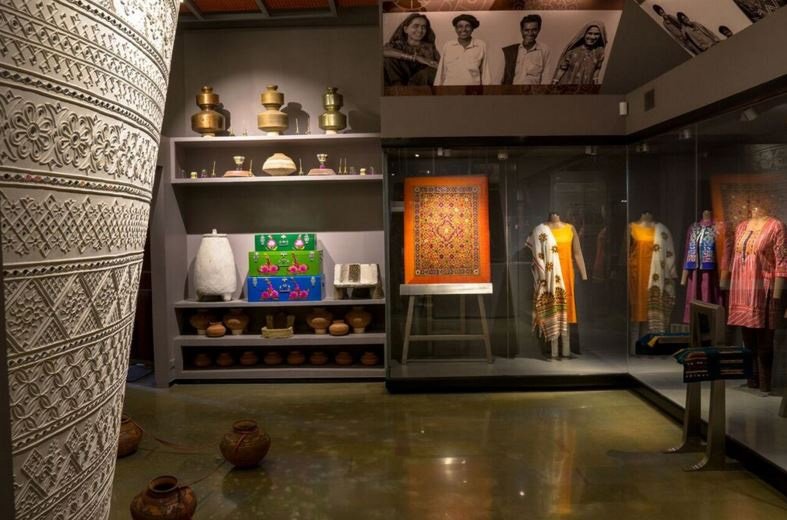
The Museum of Bhu is the oldest in Gujarat, created in 1877 by the sovereign Maharao Khengarji. It has some examples of extinct Kutchi writing, the language now being written with the Gujarati alphabet and also an interesting collection of coins which includes the ‘kori’, the local currency of Kutch. A section of the museum is devoted to the indigenous cultures of the region, with many examples of ancient artifacts, embroidery, paintings, musical instruments, etc.
Saraf Bazaar***

No trip to India is complete without a stroll around one of its bazaars! The one Bhuj, Saraf Bazaar, is well worth your while. It is the ideal place for buying chania cholis, the typically Gujarati women’s garments embroidered with mirrorwork.
You will also come across a kaleidoscope of the people of Kutch. A must for photography even if it is not always easy to get their approval.
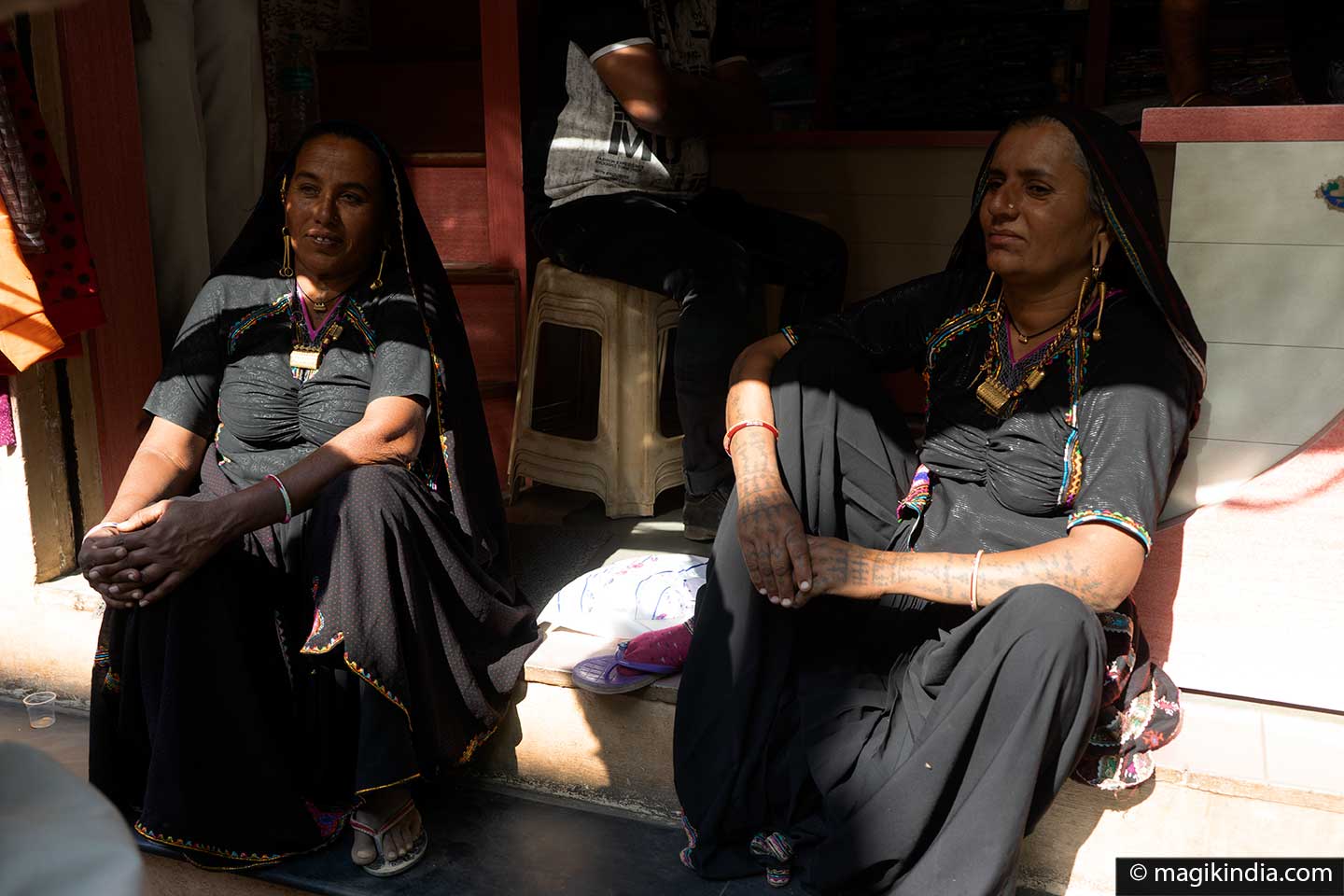
Rann of Kutch****
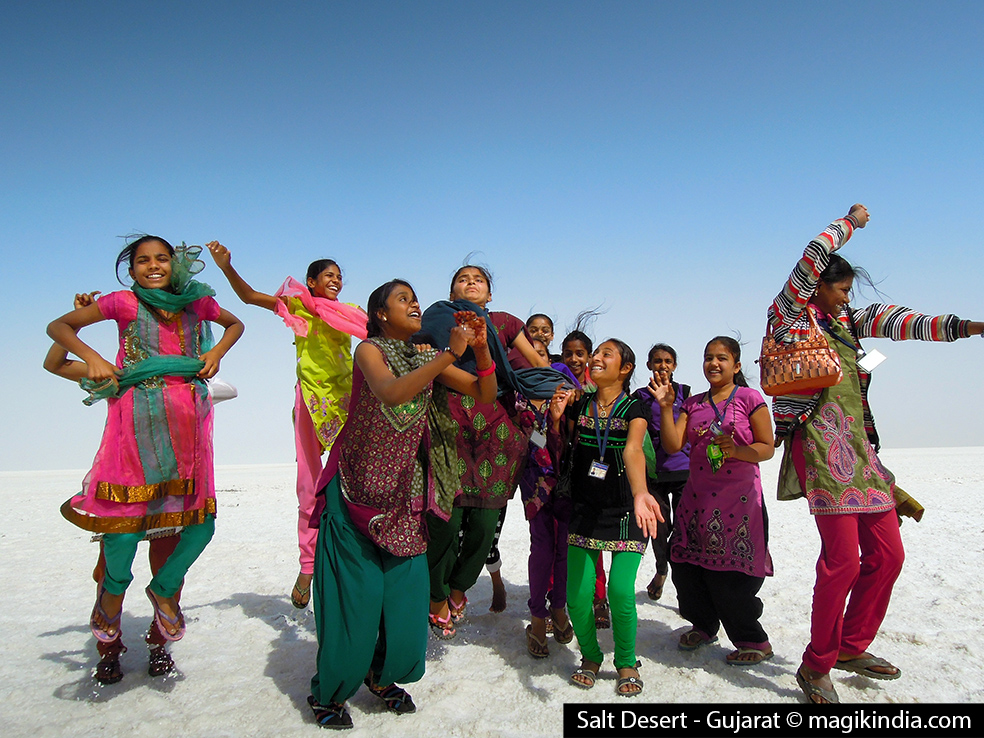
The highlight of the visit when in Bhuj is the ‘Rann of Kutch’, a 7500km2 seasonal salt marsh on the Gujarat-Pakistan border. It is one of the world’s largest salt deserts.
KNOW MORE ABOUT IT
